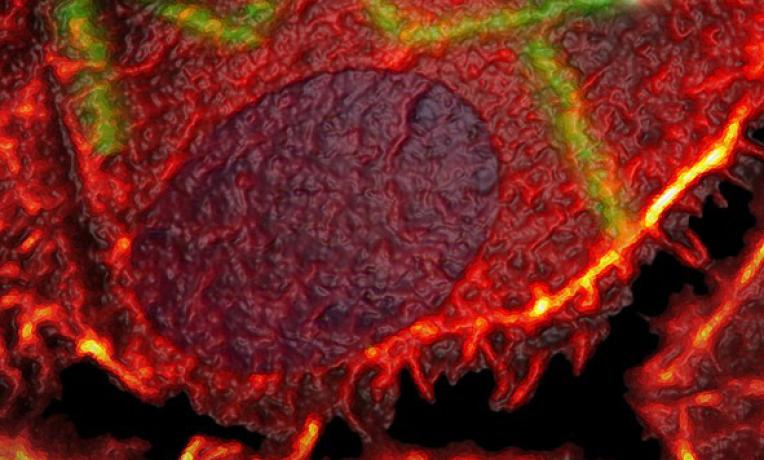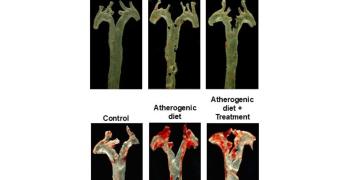Molecular tattooing for local, targeted drug-delivery
Dr Málnási-Csizmadia focuses on enzymes, proteins essential for body functions, and the largely unexplored intricate mechanisms underlying their activity. His recent findings could open the way to a ground-breaking development in pharmacology, especially in targeted cancer therapy.

Enzymes can be found in large numbers in cells where they play a significant role as catalysts: they accelerate chemical reactions in processes such as digestion or blood coagulation. With his ERC project, Dr Málnási-Csizmadia aimed to investigate what drives the functioning of enzymes and to develop specific techniques to measure these phenomena with high spatial and temporal resolution. In particular, his highly interdisciplinary research team applied a series of novel experimental and theoretical approaches combining molecular biology, organic chemistry and computational physics to create detailed maps of forces and energy flows in enzymes. These maps could help scientists to design new drugs that could influence enzymatic processes.
While working on these mapping techniques, the researchers discovered a new photochemical reaction - induced by laser - which led to the development of a pioneering technology they called molecular tattooing. The technology can confine permanent drug effects precisely and locally, without any side effects outside the targeted area. The team synthesized specific photoreactive drugs and performed experiments in vitro and in vivo: they succeeded, for the first time, in localizing permanent drug effects in live animals. Since the drug effect is exerted exclusively in the “tattooed” region, even toxic compounds could be locally applied for treatments which are otherwise lethal for the whole organism.
Following these results, Dr Málnási-Csizmadia was awarded a Proof of Concept grant to establish a spin-off company providing for technology transfer in research and to the health industry. Based in Hungary, the company will develop novel photochemical drugs and scanning microscopy tools.






